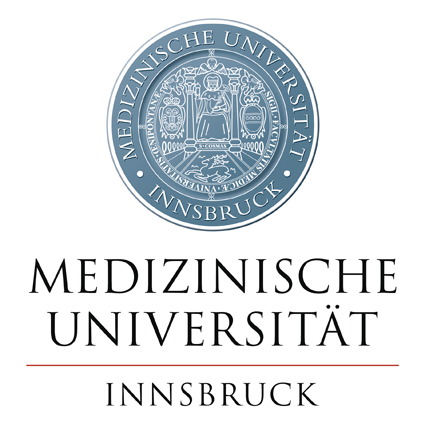Diversity
is a relatively new concept in medicine, but its content has always been there. It goes without saying that people differ from each other, or in other words “everybody is different.” For example, the Women’s Health Movement of the last century was already founded on the completely undisputed fact that women and men are different – not only in terms of their secondary sexual characteristics, but far more than that – and that they thus want and need different medical offers for many different issues. To put it simply, this was what the Women’s Health Movement demanded. But there was one serious problem: there is no such thing as a model woman or a standard woman. Women differ in many respects. This fact, too was also always undisputed. Age, social situation, culture, religion, ethnicity and many more factors influence the demands we make on the healthcare system. For example, for decades the offer of 1 x 1 pill from 40-140 kg, from 18-98 years of age (if we exclude pediatric and adolescent medicine for a moment) has not been convincing and must of course be adapted for the individual person. This brings us back to the diversity of people and, consequently, of medical offers.
In Gender Medicine, women and men are researched from a comparative perspective in order to be able to apply the advantage of one sex to the other sex. Diseases very often occur in different percentages; symptoms and the accuracy of diagnostic and therapeutic procedures differ. However, this showed once again that there is no such thing as a standard woman, but also not a standard man. As a result, further subgroups had to be formed, which have in recent years been summarized under the concept of diversity and are now also referred to as such.
The main diversity groups in medicine are usually:
• sex
• age
• sexual orientation
• religious orientation
• culture
• social situation
• ethnicity
• migration/flight
• chronic diseases
• disability
But we were soon forced to discover that even within these groups, further distinctions are necessary and that interactions also take place between the groups. In such a case, we speak of intersectionality.
A paradigm of conventional medicine is that all our offers must be evidence-based, i.e. in addition to medical experience and the patients’ wishes all our offers are based mainly on scientific studies. The gold standard here is multi-center double-blind studies. While the concept of evidence-based medicine is undisputed, a major problem arises in connection with diversity. Have appropriate scientific studies been conducted for all these groups? One of the main demands of the Women’s Health Movement was to offer women, too, drugs that had been tested in women. Until then, most drugs had been tested only or mainly in men, and if women were included in the study population their data were simply mixed in with the men’s data. This finally caused a great outcry, also among the general public, and the result was the adoption of laws governing testing in and for women. In the past decades, numerous studies have been conducted not only on drug efficacy and side-effects, but also on most of the issues in clinical medicine. In the meantime, we have learned a great deal, but not enough, and in our opinion it takes too long for all this knowledge to reach the individual woman. But what about the other diversity groups?
Laws concerning the other diversity groups are greatly lacking and, what’s more, medical research focuses mainly on large groups. It is, of course, easy to compare women and men. These are the two largest groups of our patients and they are easy to identify. Moreover, all medical histories show the patient’s gender and first name. As far as age is concerned, things are not much different and, besides, geriatric specialists have been conducting research for decades. A patient’s age is also given in her or his medical history.
All the other groups listed above are numerically much smaller and the fact that they belong to a particular group is not included when taking someone’s medical history. This means that data cannot be evaluated retrospectively, and in a prospective study every patient would have to be asked for information. Besides the small case numbers of some of the groups, there are also taboo areas, which makes it even more difficult to ask questions. Consequently, despite the best efforts and intentions of everyone working in our healthcare system, it is not always possible to offer everyone an evidence-based solution.
Doing the right thing for every diversity group with regard to evidence-based medical offers would not only require a massive expansion of scientific research in these areas, which at any rate requires time and money and in some cases also new research approaches, but the findings must of course also be included in the teaching content and further training of all healthcare professions. For example, our last topic of the Gender Medicine Lecture Series (Gender Medizin Ringvorlesung) was Migration Medicine and it ran for two semesters with a focus on refugees. This illustrates our problem particularly well if we consider the Mediterranean route Africa-Brennero: What data/research findings actually exist on diverse African countries? What do we know about them? What do we teach about them? And consequently what do we offer in our emergency department? There are similar examples for practically every diversity group. So, there is still a lot to do!
Right now it must be clear to all of us that the days of the “one-size-fits-all” medical offers are over, that people are different and therefore require different offers with regard to prevention, diagnosis, therapy and rehabilitation and that we must develop these offers on the basis of sound scientific research!
